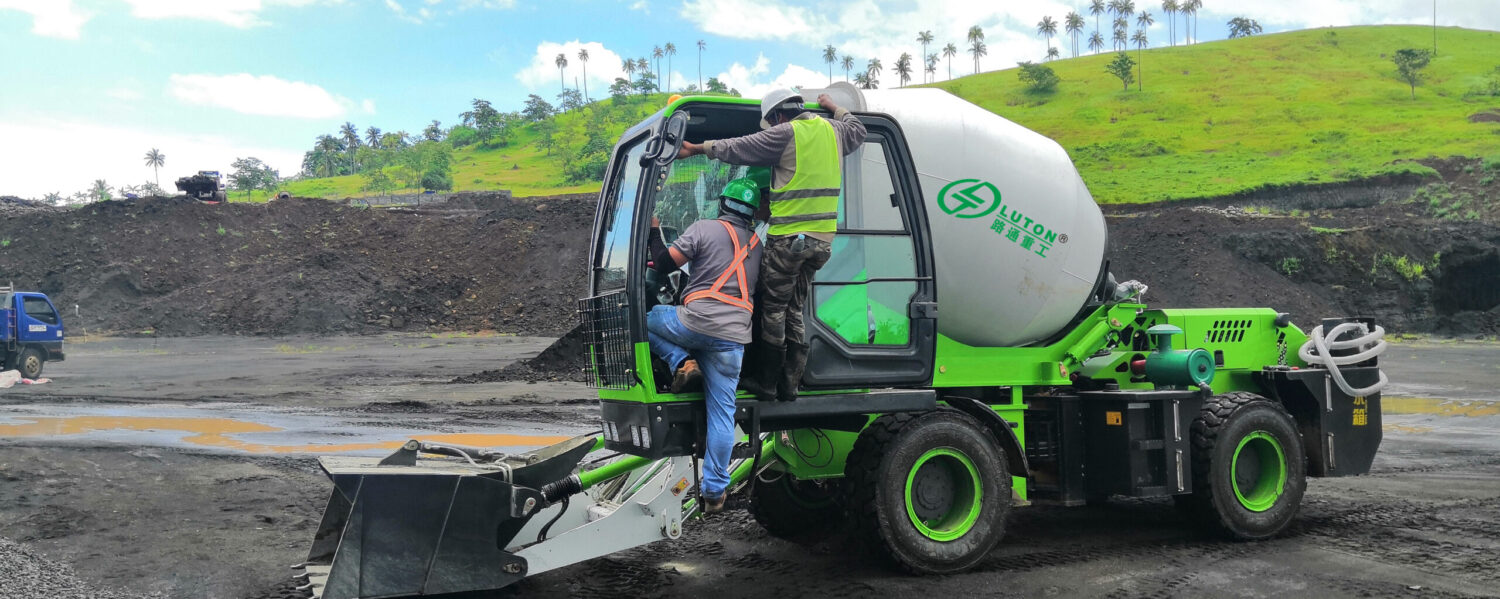The production cycle of a concrete mixing plant mainly consists of multiple production line cycles, including the material cycle on the aggregate production line, the material cycle on the powder production line, the water supply cycle on the water production line, and the mixing cycle on the mixing machine production line.
Under normal circumstances, when analyzing the production cycle of concrete mixing plants, the main focus is on the aggregate production line cycle and the mixing machine production line cycle, because the powder production line cycle and water production line cycle usually do not affect the overall production cycle of the mixing plant.

The standard production cycle of a ready mix concrete plant is usually 60 seconds, but in the actual production process, due to various factors, the production cycle of the mixing plant can often only reach about 75 seconds, or even longer than 90 seconds. These factors include the type of concrete, mix ratio, type of mixer, and mixing time.
Firstly, different types and proportions of concrete require different mixing times and rates, which directly affect the length of the mixing cycle.
Secondly, different types of mixers have different efficiency and speed when mixing concrete, which affects the mixing cycle. In addition, the longer the mixing time of each truck of concrete in the mixing plant, the longer the mixing cycle will correspondingly increase.
Finally, the more vehicles need to be mixed with concrete, the correspondingly increase in total mixing time.
In addition to the above factors, the construction period of concrete mixing plants is also an aspect that needs to be considered. The construction of concrete mixing plants usually includes the design and procurement stage, civil construction stage, equipment installation and commissioning stage, as well as the environmental protection and fire safety acceptance stage. The entire construction period generally ranges from 1.5 to 2 years, and the specific time depends on local policies, environmental requirements, construction conditions, and other factors.
Therefore, to optimize the production cycle of ready mix concrete plants, it is necessary to start from multiple aspects, including improving the efficiency of the mixer, optimizing the mix ratio, and arranging production plans reasonably. Meanwhile, during the construction and operation process, it is also necessary to comply with relevant environmental and safety regulations to ensure the sustainable development of the mixing plant. (Land on the website ltconcreteplant.com for more details on concrete batching plant.)
The production cycle of a concrete mixing plant has a certain impact on the mixing quality.
Firstly, the length of mixing time directly affects the uniformity and compactness of concrete. If the mixing time is too short, the raw materials in the concrete may not be fully mixed, resulting in uneven concrete quality; If the mixing time is too long, it may lead to excessive hydration of cement particles in the concrete, reducing the fluidity of the concrete and thus affecting the pouring quality of the concrete.
Secondly, mixing speed is also an important factor affecting the quality of concrete. Excessive mixing speed may lead to uneven distribution of raw materials in concrete, resulting in segregation phenomenon; If the mixing speed is too slow, it may not be able to fully mix the raw materials, affecting the uniformity of the concrete.
In addition, the order and proportion of materials added during the mixing process can also have an impact on the quality of concrete. If the feeding sequences is improper or the proportion of raw materials is inaccurate, it may lead to uneven distribution of moisture in the concrete, affecting the strength and durability of the concrete.
Therefore, the rmc plant needs to reasonably control the production cycle, including mixing time, mixing speed, and feeding sequence and proportion, to ensure the stable quality of concrete and meet the requirements. At the same time, it is necessary to regularly maintain and inspect the mixing plant to ensure the normal operation of the equipment and the stability of mixing quality.
